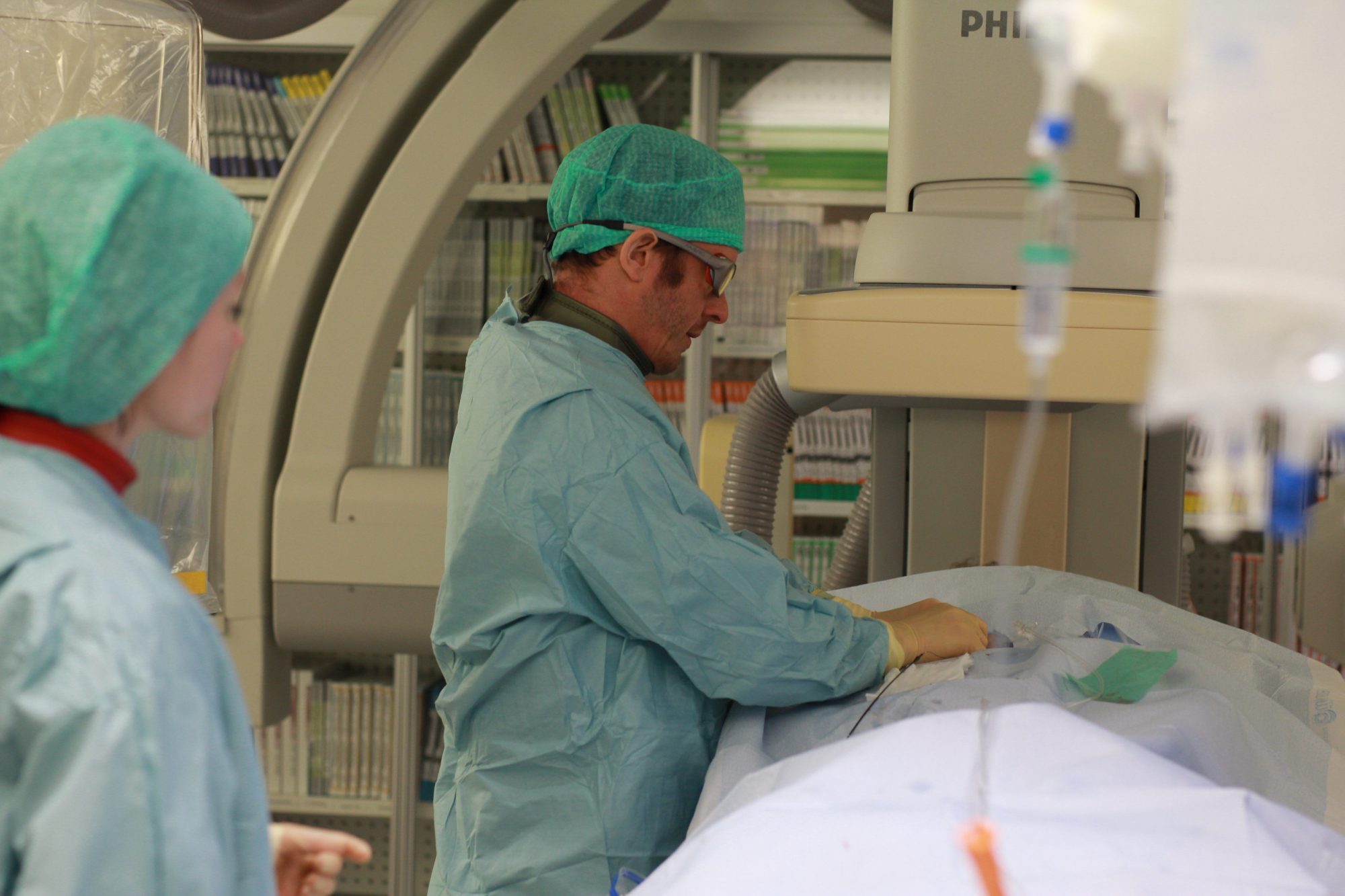The Umeå–Vasa life-saving collaboration
The hospital in Vasa, Finland is located 80 km across the Baltic Sea from Norrland University Hospital in Umeå, Sweden. Although they serve different countries, the two institutions established a unique cross-border collaboration program for stroke patients in 2018.
Ten years in the making
“The idea of sending patients from Vasa has been around for a while,” explains Jörgen Strinnholm, Head of the Department of Radiology at Norrland University Hospital. “But the remote assessment in Umeå of the initial CT scan hindered us from establishing a timely workflow.”
Gunnar Jonsson, PACS System Administrator at Norrland University Hospital, explains that a teleradiology connection between the hospitals was set up ten years ago. Unfortunately, the project was put on hold due to difficulties in creating a secure connection using the technology available at the time.
In a second attempt to solve the challenge of performing a remote assessment of the CT scan, the hospitals tried a videoconference system. This plan also failed due to the radiologists’ requirement that the image transfer system needed to be integrated with the PACS. These two ongoing barriers hindered the project’s success, but the goal of providing expedited care for Finnish patients lived on.
The collaboration with Vasa continued to grow in other areas, explains Regional Advisor Nicklas Sandström. So Sectra was contacted in early 2018 and, together with the Department of Radiology in Umeå, they implemented an image sharing solution that proved to be successful.
Using the Sectra Image Exchange Portal to save lives
Sectra, the provider of Norrland University Hospital’s radiology PACS, suggested its Image Exchange Portal (IEP)—a service for transferring various types of images and patient information between disparate healthcare providers. In the UK, IEP sends images and patient data among a network of 485 healthcare providers swiftly and securely. It also complies with patient privacy laws as well as encryption and detailed audit logging requirements, which meant that the obstacles faced in 2008 could be eliminated and the project could be jump-started.
The Sectra IEP was implemented and enabled Vasa to upload radiology exams via a web portal directly into Umeå’s PACS for review. Once the exam arrives, a radiologist in Umeå is immediately notified and can review it to determine whether or not the stroke is treatable. If the stroke is deemed treatable, an ambulance flight transports the patient to Umeå for instantaneous care.
“In late 2018, the first test patient using this workflow was transported within 75 minutes, which is remarkable,” says Helge Brändström, Head of Aero Medical Services in Umeå. He adds, “The possibility for Vasa to send images digitally for assessment opens up a workflow that will surely improve the outcome for many patients in the coming years.”
The alternative would be to send patients a much longer distance to Tampere, which would take about three and a half hours. The new collaboration with Umeå saves about an hour and a half, which significantly improves the chances of survival,” says Nicklas Sandström.
Jörgen Strinnholm is also happy about the reported time savings: “The possibility to send digital images saves lives by reducing the time to treatment. Time is absolutely critical for performing a thrombectomy, and every single minute can be translated directly into a better chance of survival and recovery.”


